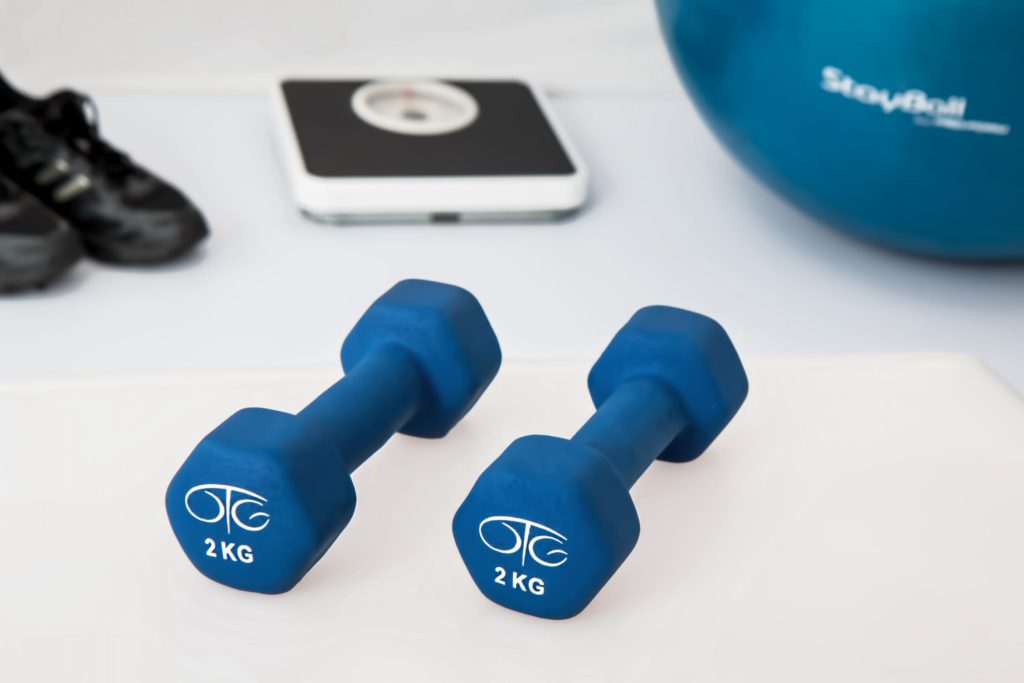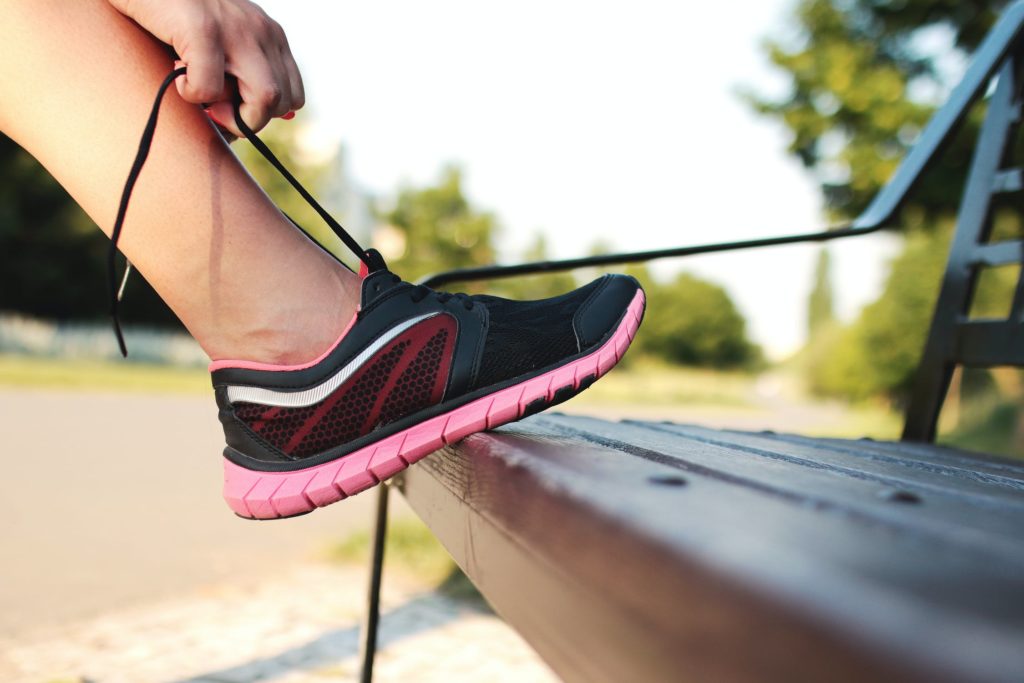Beginner fitness enthusiasts are often asked what do they want to gain from their new-found exercise regimen. While the answer is what will motivate them to get moving every day until they’ve established a routine, it is also important in determining the effectiveness of one’s cardiovascular health.
For instance, if you do not have the proper form, you’re more likely to be prone to injury and nobody wants that. On the other hand, working out as a snail’s pace may not be the best idea for everyone, but for those who are a little on the heavier side or are recovering from a number of maladies, this may be the best approach. After all, you have heard of the tale of the tortoise and the hare, right?
What Should I Do?
Listen to your body. Tailor your exercise to you.

Numerous workout routines have been made available to us these past few months. While these are all incredibly helpful in maintaining an active lifestyle while at home, it is still important to tailor your exercise to you and to listen to your body. Know that not all workouts on the internet are for everyone. So be sure to be observant on how your body slowly adapts to movements. Also, it’s vital to note that the speed at which you run should match your fitness level and your goals. Period. Don’t overdo it. Thinking about your overall health, you should consider what makes the most sense for your goals.
Bursts of high-intensity running, for example, have been proven, in study after study, to be more beneficial than a longer, prolonged aerobic activity at a slower pace. Studies also suggest that brisk walking is better for overall health than those who walk at a slower pace. But, there is a caveat: Those who are overweight or suffering from injuries, should walk slower to prevent injury, and then work up to a faster pace over time.
The Science Behind Your Cardio Routine

If you’re able to talk on your Bluetooth earbuds or to your jogging partner while running, you’re likely not working hard enough. Over time, this pace just won’t cut it if you want to get the full benefits of healthy exercise.
Low-intensity cardio doesn’t burn fat or carbohydrates properly. If you’re only running a couple of times a week, running for speed will get you more bang for your buck in terms of fitness benefits—as long as you give your body time to recover in between runs. You must also be aware of your form, as it’s essential to staying in the game.
Switch up your pace, but don’t limit your intensity level because you prefer the slower, longer jog. To get the full benefit of exercise, you will need to push yourself. Going at an easy pace uses fewer muscle fibers while pushing yourself places a good kind of stress on your muscles—the kind that encourages your body to adapt accordingly and improve over time.
The bottom line is you’ll burn more calories per mile when you move faster—even if it means you’re doing your cardio for a shorter amount of time. Save chat time after the workout or right before one and focus on the calories you’ll need to burn while running.
Have an Exercise Plan

Depending on whether you are looking to tone up, lose weight, or simply maintain the body you have, the two types of cardio for you to consider are interval training and longer, slower cardio.
Interval training requires intervals between one and five minutes as a general rule of thumb (try two minutes fast, three minutes slower, repeating the cycle for a full 30 minutes). Long, slow distance runs are pretty self-explanatory—running longer distances at an easier pace. Your heart rate should stay under 150, and you can most likely hold a conversation.
Even if you’re not looking to gain muscle mass, you should also make sure that you are completing strength training consistently enough in tandem with cardio training to prevent injury. This could just mean adding some strength training to your workout schedule two to three times a week for about 20 minutes at a time. This should be enough to keep muscles limber to prevent injuries.
In conclusion, it’s crucial to know your body. Research and tips can only go so far in guiding you on how to get the most out of any exercise routine. In every sweat session, while it is important to get your body to adapt to more and more complex movements, be sure that your body is able to handle the changes. Slow and steady is fine at first but commit to progress each day you hit the gym or every time you workout at home.
So which cardio suits better for you? For more workout articles click HERE!


online pharmacy viagra prescription: amoxicillin boots pharmacy – skelaxin prices pharmacy
pharmacy choice ibuprofen: ventolin pharmacy uk – reputable online pharmacy viagra
montelukast pharmacy: pharmacy online prozac – tretinoin online pharmacy
Online medicine home delivery: mail order pharmacy india – online pharmacy india
advair mexican pharmacy ketoconazole pharmacy spironolactone in house pharmacy
buying prescription drugs in mexico: reputable mexican pharmacies online – buying prescription drugs in mexico online
https://pharmbig24.online/# Aebgpaype
provigil india pharmacy: pharmacy symbol rx – pharmacy online prozac
top 10 online pharmacy in india: indian pharmacy – buy medicines online in india
pharmacy choice acyclovir cold sore cream: kroger pharmacy hours – dilaudid online pharmacy
roman online pharmacy target pharmacy refill online best online pharmacy propecia
https://mexicopharmacy.cheap/# mexican rx online
world pharmacy india: india online pharmacy – best india pharmacy
buying prescription drugs in mexico: buying prescription drugs in mexico – mexican pharmaceuticals online
online pharmacy xenical sam’s club pharmacy propecia Diamox
http://indianpharmacy.company/# india pharmacy mail order
marketplace oak harbor wa pharmacy store number: spironolactone online pharmacy no prescription – indian pharmacies safe
best online pharmacies in mexico mexican rx online buying from online mexican pharmacy
п»їbest mexican online pharmacies: buying prescription drugs in mexico online – п»їbest mexican online pharmacies
buy medicines online in india: reputable indian online pharmacy – top 10 online pharmacy in india
https://mexicopharmacy.cheap/# reputable mexican pharmacies online
sumatriptan pharmacy pharmacy prices levitra percocet internet pharmacy
buying from online mexican pharmacy: п»їbest mexican online pharmacies – mexican mail order pharmacies
mexican mail order pharmacies mexican mail order pharmacies purple pharmacy mexico price list
http://indianpharmacy.company/# buy prescription drugs from india
buying prescription drugs in mexico: buying from online mexican pharmacy – mexican drugstore online
Cozaar: kaiser permanente pharmacy – israel online pharmacy
medication from mexico pharmacy buying from online mexican pharmacy pharmacies in mexico that ship to usa